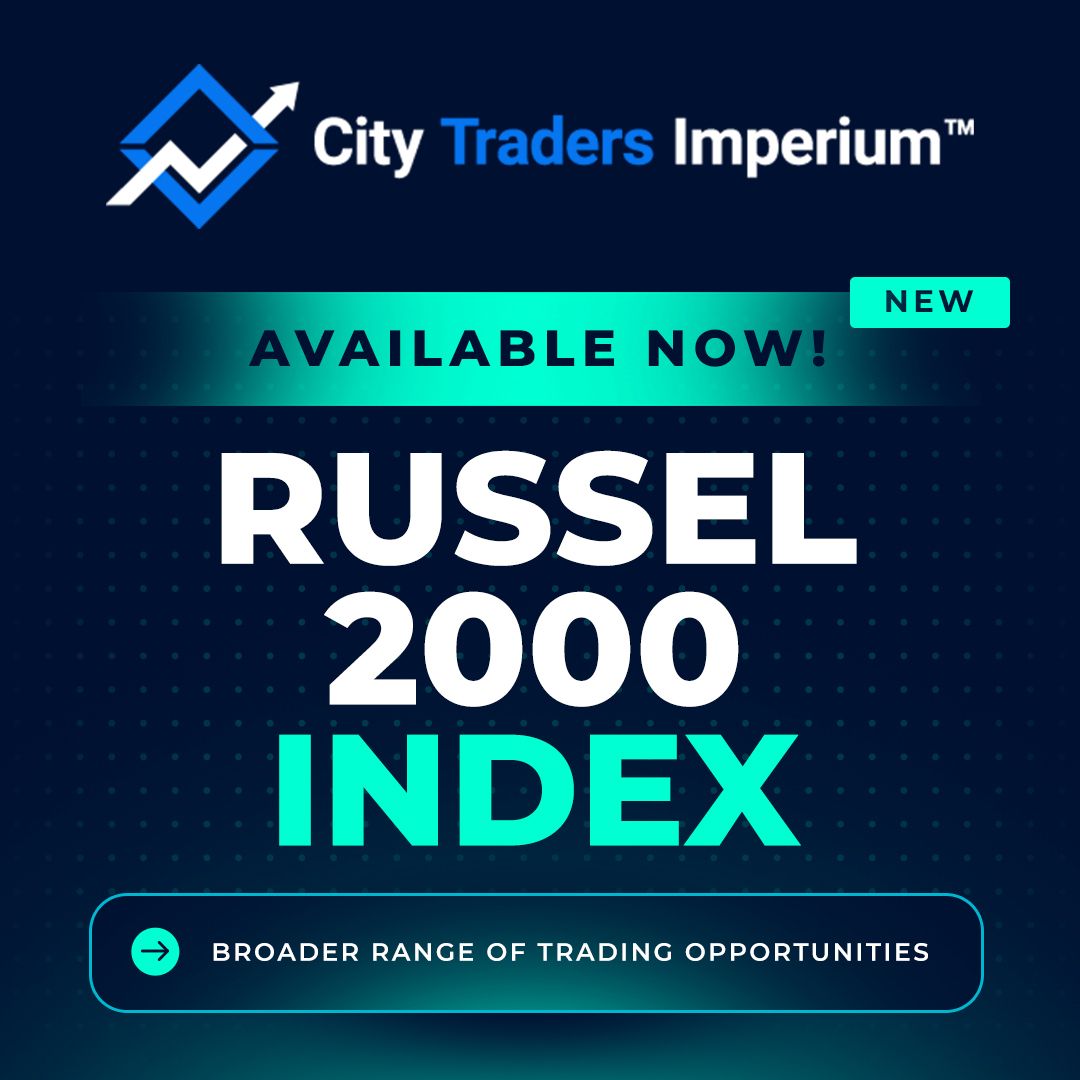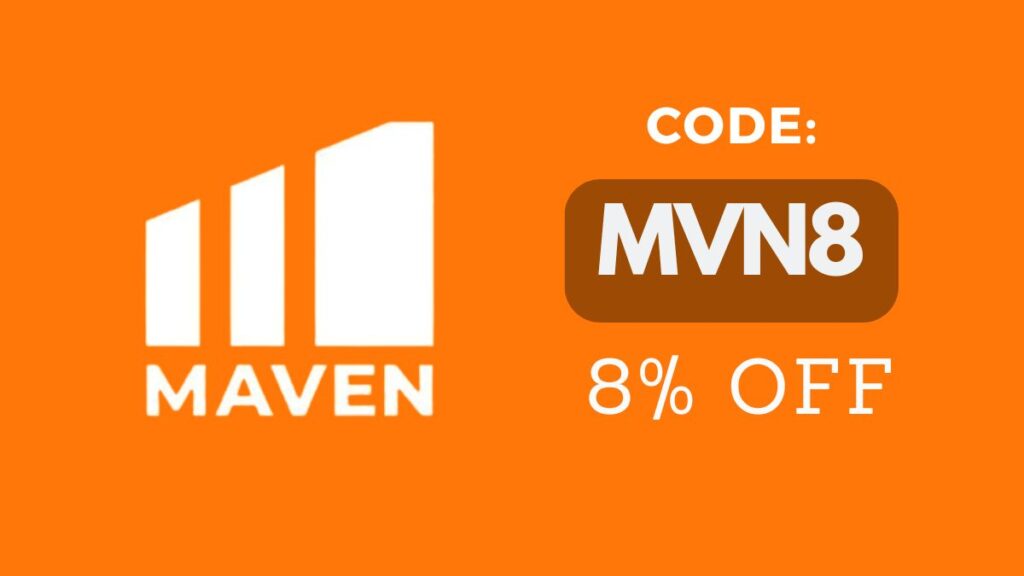CTI Traders Announces New Trading Opportunity with Russel 2000 Index
City Traders Imperium (CTI) now offers trading on the Russell 2000 Index, giving funded traders access to small-cap U.S. equities for broader diversification and growth opportunities.
What is City Traders Imperium?
CTI is a London-based proprietary trading firm founded by Daniel Martin and Martin Najat that funds skilled traders and shares profits.
Details:
- Offers markets in FX, indices, commodities.
- Specializes in funded trading accounts (scaling plans, profit splits, evaluation stages).
- Focused on sustainable trader development rather than one-off challenges.
For a deeper breakdown of funding models and trader experiences, see this City Traders Imperium review.
What is the Russell 2000 Index?
The Russell 2000 Index tracks 2,000 small-cap U.S. companies, part of the larger Russell 3000 Index. It is a key benchmark for U.S. small-cap performance.
Details:
- Often used to gauge U.S. domestic economic health.
- Covers sectors like healthcare, financial services, and manufacturing.
- As of end-2024, its average constituent market cap is ~$3.65 billion; median is ~$0.99 billion.
- Represents companies with market caps between about $300 million and $2 billion (FTSE Russell, 2023).
Russell 2000 vs S&P 500: Which Performs Better?
The S&P 500 usually outperforms late in business cycles, while the Russell 2000 often leads during economic recoveries due to its small-cap exposure.
- Russell 2000’s 5% monthly Value-at-Risk (VaR) is −9.26 %, compared to −6.63 % for S&P 500.
- From 2020 to early 2024, Russell 2000 rose 24 %, while S&P 500 surged over 60 %.
- Small-caps outperformed recently: since August 2025, Russell gained +9 %, S&P 500 just +4 %, aided by potential rate cuts.
- Post-bear markets, Russell 2000 averaged 60 % annual gains historically.
Comparison Table:
| Feature | Russell 2000 | S&P 500 |
|---|---|---|
| Focus | Small-cap (2,000 stocks) | Large-cap (500 stocks) |
| Volatility | Higher | Lower |
| Cycle Performance | Early recovery | Mature cycle |
| Sector Weighting | Domestic focus | Global leaders |
Stat: In 2023, the Russell 2000 gained 15.1%, compared to 24.2% for the S&P 500 (CBS News, 2023).
Russell 1000 vs Russell 2000: What’s the Difference?
The Russell 1000 covers the top 1,000 U.S. large and mid-cap stocks, while the Russell 2000 captures the bottom 2,000 small-cap stocks.
Details:
Russell Top 200 = largest 200 companies for mega-cap focus.
Russell 1000 = ~92% of U.S. market cap.
Russell 2000 = ~8% of U.S. market cap.
Why Did CTI Add the Russell 2000 Index?
CTI added the Russell 2000 to give traders more small-cap exposure and diversify trading strategies.
Benefits for traders:
- Access to U.S. small-cap volatility.
- More hedging opportunities against large-cap indices.
- Aligns with CTI’s strategy of broadening funded trading instruments.

FAQs
Why trade the Russell 2000 with CTI?
It offers funded traders exposure to U.S. small-caps, expanding diversification beyond major indices like S&P 500 or Nasdaq.
Is the Russell 2000 riskier than the S&P 500?
Yes, small-cap stocks show higher volatility but can deliver stronger gains in early growth cycles.
How does CTI support traders?
CTI provides scaling funded accounts, profit-sharing, and structured programs to develop long-term trading careers.
What is the difference between Russell 1000 and 2000?
Russell 1000 covers large and mid-caps, while Russell 2000 focuses on small-caps. Both together form the Russell 3000.






